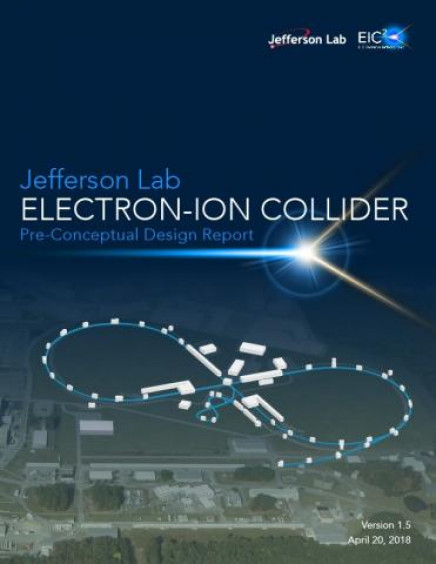Design

The Electron-Ion Collider would consist of two intersecting accelerators, one producing an intense beam of electrons, the other a beam of either protons or heavier atomic nuclei, which are then steered into head-on collisions.
The accelerators will be designed so that both beams can be polarized to around 70 percent for electrons, protons and light nuclei. Electrons will be able to probe particles from protons to the heaviest stable nuclei at a very wide range of energies, starting from 20–100 billion electron-volts (GeV), upgradable to approximately 140 GeV, to produce images of the particles’ interiors at higher and higher resolution. At least one detector and possibly more would analyze thousands of particle collisions per second, amassing the data required to tease out the smallest effects required for significant discoveries.
Building the EIC will require the same core expertise that led to the versatility of the polarized proton and heavy ion beams at the Relativistic Heavy Ion Collider (RHIC) at Brookhaven National Laboratory, and the unique polarized electron beam properties of the Continuous Electron Beam Accelerator Facility (CEBAF) at Thomas Jefferson National Accelerator Facility. These two Department of Energy laboratories have been collaborating on initial studies and developing designs that make use of key existing infrastructure and capitalize on investments in science and technology. Each design approach would require the development of innovative accelerator and detector technologies to answer the questions described in this brochure.





